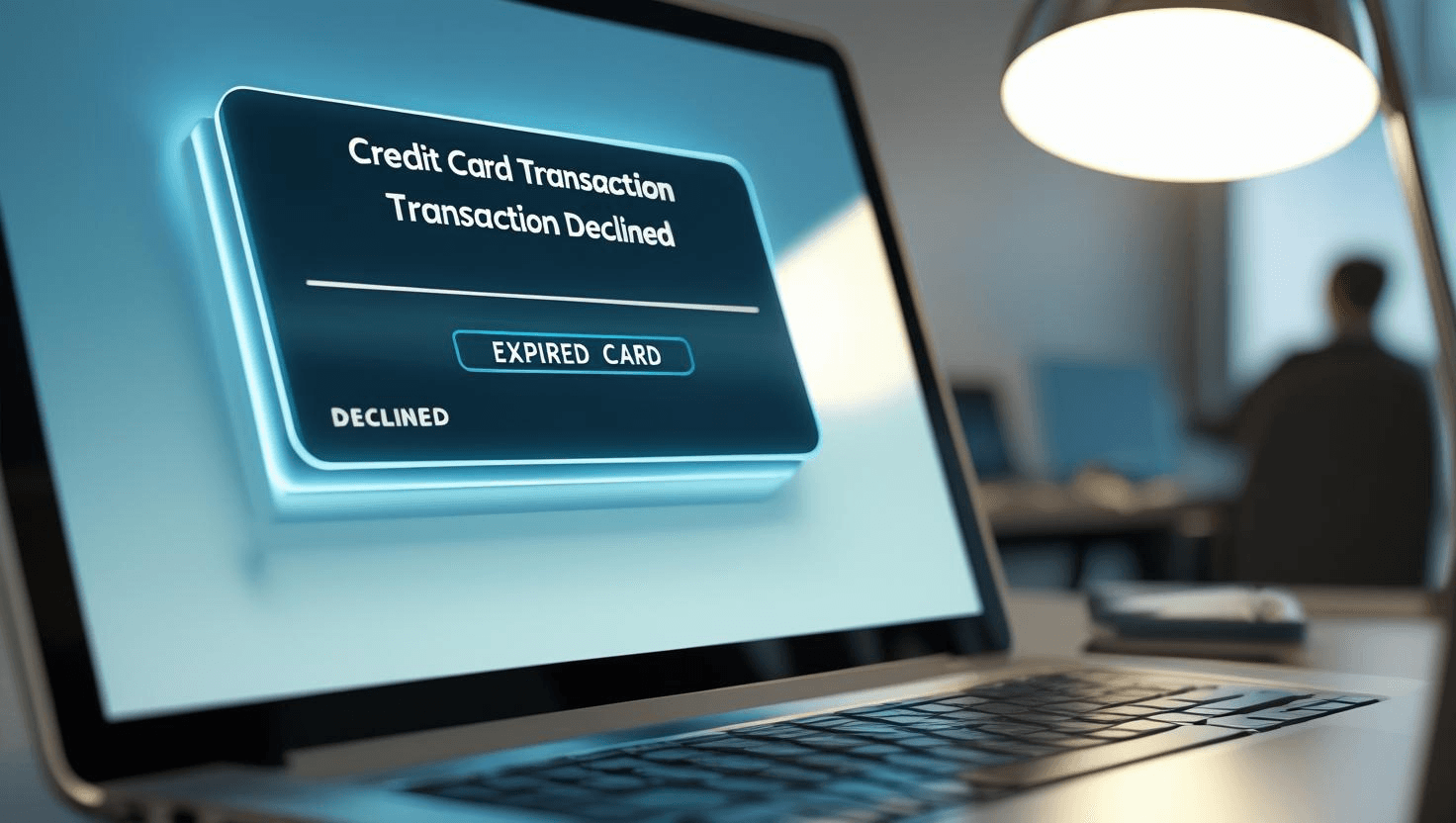The Silent Killer of LTV: How Payment Delinquency is Eroding Your Business's Most Valuable Asset
Every business leader knows Customer Lifetime Value (LTV) is vital for growth and is impacted by payment delinquency. Payment delinquency can impact your LTV, leading to hidden costs and accidental customer churn. Discover how this often-overlooked issue is eroding your profits and learn the proactive strategies to stop the leak and protect your most valuable asset.

Introduction: The Threat Hiding in Plain Sight
Customer Lifetime Value (LTV) is a crucial metric for sustainable growth, and represents the total profit a customer is expected to bring over their entire relationship with your company.
Failed payments can have a silent but major impact on LTV. Over time these small, persistent failures are a direct threat to your LTV impacting profit, damaging customer relationships, and stunting growth potential.
This is not just a bookkeeping issue. It's a strategic business problem. Let's take a deep dive into how payment delinquency erodes your LTV and, more importantly, how you can stop it.
The Problem: The Two Types of Churn
When a customer leaves, we call it churn. We often think of this as a voluntary act, a customer deciding your service or product isn't for them. This is the voluntary churn all companies think about all the time.
But there is a second, more frustrating form: involuntary churn. This is when a customer is lost due to a technicality, not dissatisfaction. A missed payment because a credit card expired, a new billing address was overlooked, or a simple technical glitch occurred.
The first step to safeguarding your LTV is recognizing this distinction. Involuntary churn represents your biggest opportunity because these are the customers you can, and should, get back.
The Immediate Damage: Financial Erosion You Can Measure
The impact of delinquency isn't just about losing a customer's future value; it also impacts your finances today.
Lost Revenue: Missed payments directly translate to lost revenue. Globally, payment failures cost the economy over $118 billion annually. For individual businesses, this often amounts to losing 7-12% of recurring revenue each year.
Escalating Costs: Chasing late payments is an expensive and time-consuming process. Each failed payment can cost your company $20-$40 in administrative fees alone. If the debt requires a collection agency, you can lose 20-35% of the collected amount. The longer a debt goes unpaid, the less likely it is to be recovered and the higher the associated costs become.
Opportunity Costs: When your team is tied up in manual dunning and collection efforts, they aren't working on core growth initiatives like sales, marketing, or product development.
The Long-Term Fallout: The Hidden Damage
Beyond the immediate financial hit, failed payments has more longer term consequences:
Damaged Customer Relationships: Aggressive, impersonal, or poorly timed collection efforts can annoy your customers. Instead of feeling like a valued partner, they feel like a debtor. This can turn an accidental payment failure into a permanent, voluntary churn.
Negative Brand Perception: A poor payment experience can lead to negative reviews and word-of-mouth. Over a third of customers will disengage from a brand after just one negative interaction. When a payment system fails, it reflects poorly on your entire brand, not just your billing department.
The Solution: Building a Proactive Defense
How can you stop the bleeding and recover the value that's being lost? The answer lies in a proactive, multi-faceted approach.
Clear Communication & Empathy: Set transparent payment terms from the start and use automated, empathetic reminders before and after a due date. This prevents issues from escalating and shows customers you're on their side.
Payment Flexibility: Make it easy to pay. Offer multiple payment options and provide a simple, user-friendly way for customers to update their information.
Intelligent Automation: This is where the real power lies. Manual efforts are inefficient and often too late. By using smart retry logic, you can automatically attempt failed payments at optimal times.
The data proves that this approach works. Automated dunning campaigns can achieve an average recovery rate of 25%.
This is where a solution like ChurnDog becomes invaluable. ChurnDog automates the entire payment recovery process to recover failed payments and preserve the LTV of your customer base. It allows you to transform your payment recovery from a manual, reactive drain on resources into a proactive, efficient, and customer-friendly system.
Conclusion: Protect Your Foundation, Preserve Your Future
Payment delinquency has a significant impact on your LTV, but can be addressed with modern software tools.
By moving beyond manual, reactive collection methods and embracing a proactive, automated approach, you can recover significant revenue, reduce operational costs, and, most importantly, protect customer relationships.
Want to read more about churn prevention and revenue recovery?
Back to all blog posts